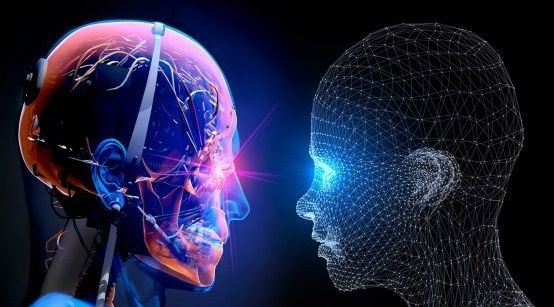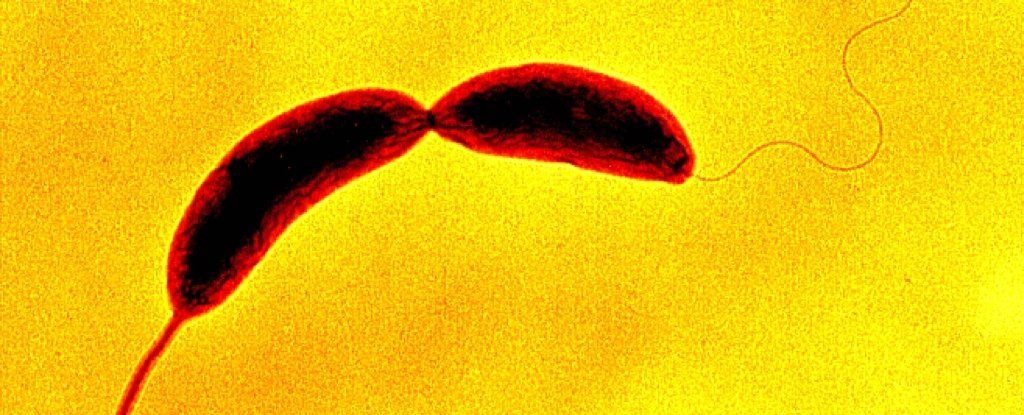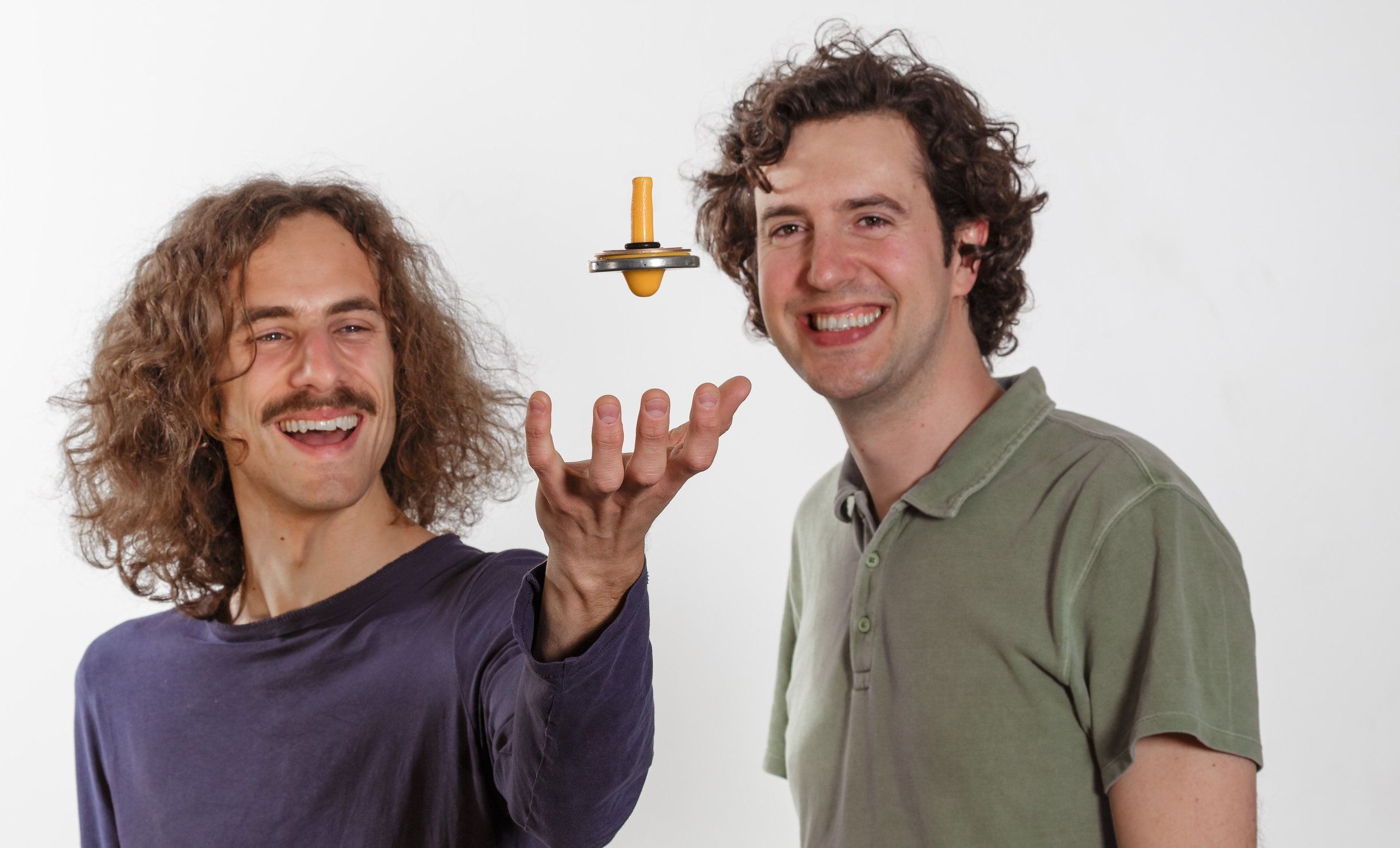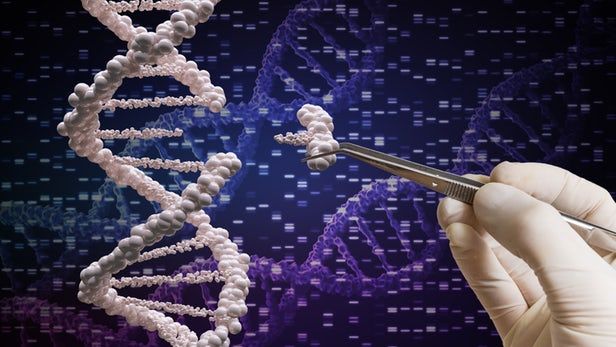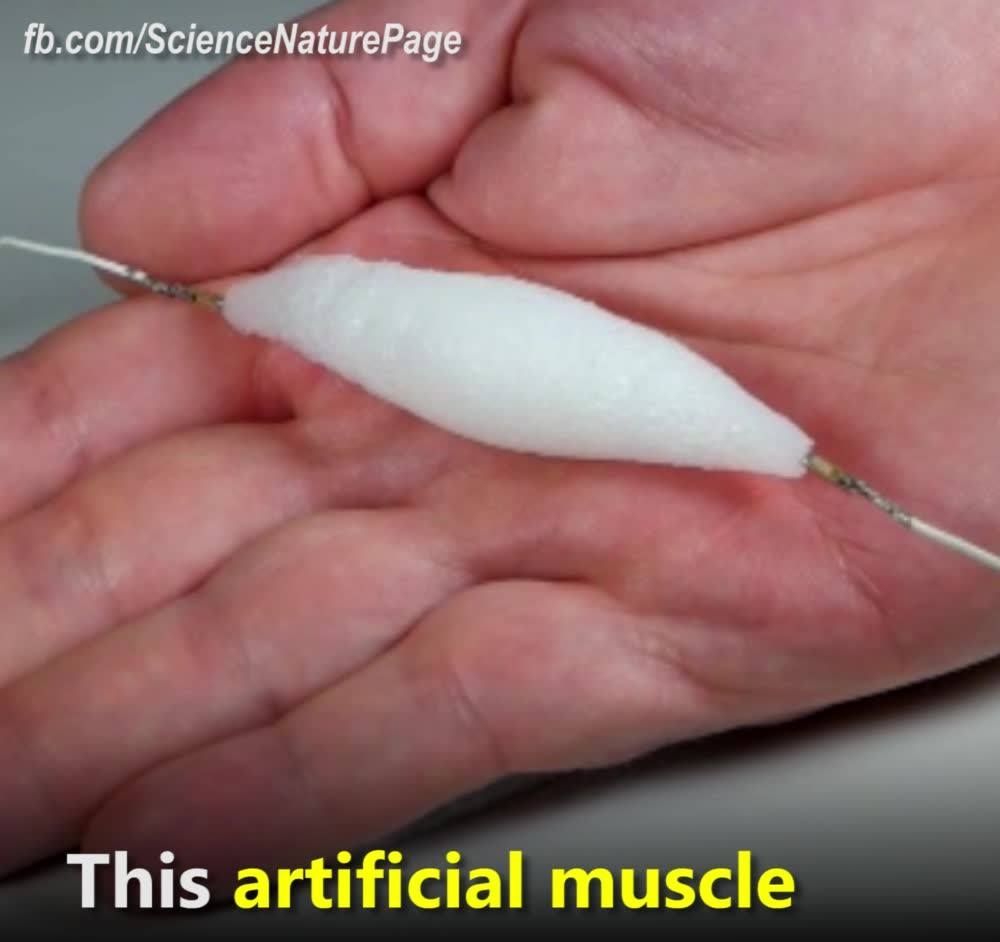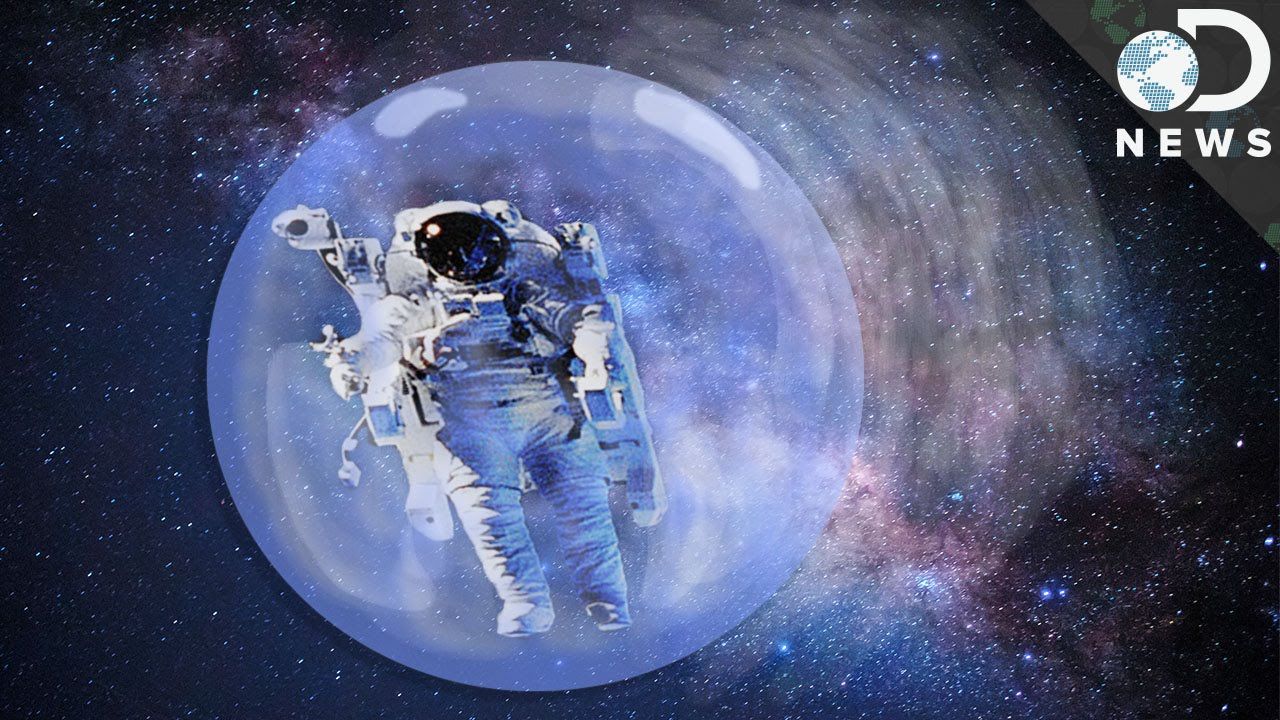Page 10100
Oct 29, 2017
Technology Could Allow Us to Bring the Dead Back to Life
Posted by Shailesh Prasad in category: futurism
What if you could continue to visit with a loved one after their death? It could be possible someday with ever-evolving technology.
Oct 29, 2017
Scientists Just Discovered That Bacteria Have a Sense of Touch
Posted by Shailesh Prasad in category: futurism
Bacteria may not have a central or sensory nervous system as we know it, but they can still physically “feel” the world around them, according to a new study.
It turns out the tiny microorganisms don’t just respond to chemical signals — they also have a sense of touch, and can recognise surfaces and respond to them. Wow.
Our sense of touch is a very important tool for living in the world. It helps avoid hazards and dangerous surfaces, and keeps you from crushing delicate objects.
Oct 29, 2017
This box can deliver electricity and drinking water anywhere
Posted by Shailesh Prasad in category: futurism

The “Off Grid Box” can provide clean drinking water and electricity just about anywhere. It can be used in developing countries or for people who simply prefer living off the grid.
Off Grid Box also says the device can be deployed in the event of a natural disaster.
Continue reading “This box can deliver electricity and drinking water anywhere” »
Oct 29, 2017
Toyota Just Announced a Deadline for the Phasing out of Gas Engines
Posted by Shailesh Prasad in category: transportation
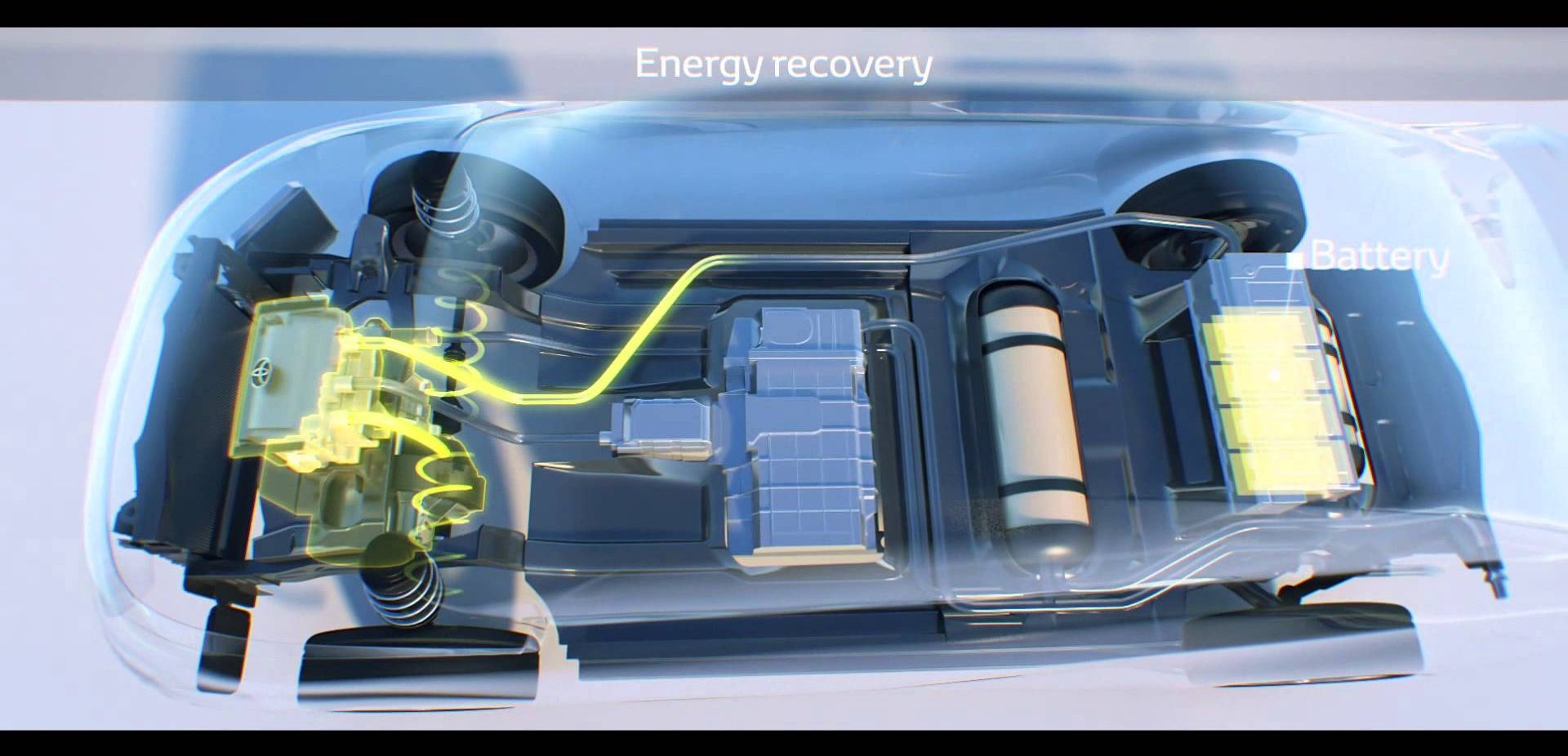
Japanese automaker Toyota is looking to reduce their vehicles’ carbon emissions by phasing out gas engines from their lineup by 2040.
Oct 29, 2017
Nanomagnets levitate thanks to quantum physics
Posted by Shailesh Prasad in categories: nanotechnology, quantum physics
Quantum physicists in Oriol Romero-Isart’s research group in Innsbruck show in two current publications that, despite Earnshaw’s theorem, nanomagnets can be stably levitated in an external static magnetic field owing to quantum mechanical principles. The quantum angular momentum of electrons, which also causes magnetism, is accountable for this mechanism.
Already in 1842, British mathematician Samuel Earnshaw proved that there is no stable configuration of levitating permanent magnets. If one magnet is levitated above another, the smallest disturbance will cause the system to crash. The magnetic top, a popular toy, circumvents the Earnshaw theorem: When it is disturbed, the gyrating motion of the top causes a system correction and stability is maintained. In collaboration with researchers from the Max Planck Institute for Quantum Optics, Munich, physicists in Oriol Romero-Isart’s research group at the Institute for Theoretical Physics, Innsbruck University, and the Institute for Quantum Optics and Quantum Information, Austrian Academy of Sciences, have now shown that: In the quantum world, tiny non-gyrating nanoparticles can stably levitate in a magnetic field.
Oct 29, 2017
New CRISPR tools enable extraordinarily precise gene editing in human cells
Posted by Shailesh Prasad in categories: bioengineering, biotech/medical, food, genetics
Over just a few short years the CRISPR gene-editing technique has revolutionized science, affecting everything from medicine to agriculture. Two new breakthrough studies have just been published describing dual methods that make the process more precise and efficient paving the way for scientists to safely alter DNA mutations that cause thousands of different human diseases.
CRISPR is conventionally a cut-and-paste tool allowing scientists to chop out unwanted strands of DNA and insert new genes, but a large volume of human diseases are caused by a single point mutation somewhere in a person’s DNA. Up until now scientists have not been able to simply and directly erase or rewrite these single mutations in living human cells.
Our human genome consists of 3 billion base pairs made up of chemical units referred to by the letters A, C, G and There are 50,000 known genetic mutations that are linked to disease in humans and 32,000 of these are single point mutations. Half of those single point mutations have been identified as a G-C pair that has mutated into an A-T pair.
Oct 29, 2017
This artificial muscle is 3 times stronger than natural muscle
Posted by Shailesh Prasad in category: cyborgs
Oct 29, 2017
How quantum materials may soon make Star Trek technology reality
Posted by Klaus Baldauf in categories: materials, quantum physics
Oct 29, 2017
Nanobots will live in our brains in the 2030s, says Google boss
Posted by Klaus Baldauf in categories: engineering, mobile phones, nanotechnology, Ray Kurzweil, robotics/AI, wearables
Ray Kurzweil is director of engineering at Google but he is better known for writing best-selling books outlining the future of artificial intelligence.
He has made 147 predictions on the future of technology including the ubiquity of wearable devices and the move from desktops and laptops to smartphones and tablets. In fact, his prediction rate has been rated 86 per cent accurate.
With this in mind, fans were excited to see Kurzweil answer their questions in a live streaming interview session last week where he elaborated on his predictions.
Continue reading “Nanobots will live in our brains in the 2030s, says Google boss” »

